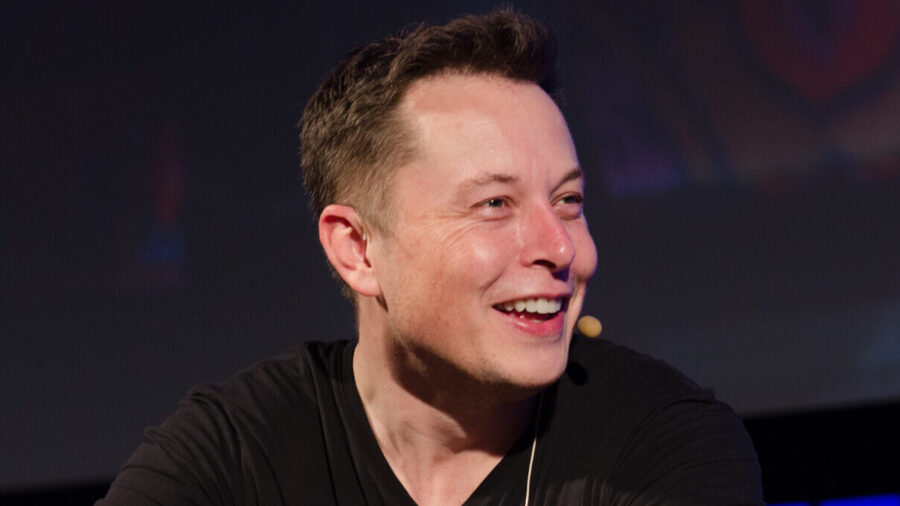Elon Musk’s Starlink Satellites Are Falling Out Of The Sky
Make sure you bring your umbrella outside!
This article is more than 2 years old

Starlink satellites sent to space by Elon Musk’s SpaceX company are now coming hurling back down to Earth after a geomagnetic storm impacted their planned flight path last Friday. Last week, Elon Musk’s company sent an additional 49 small satellites into low orbit as part of its Starlink program. They were to join almost 2,000 other similar satellites currently orbiting Earth at roughly 340 miles high that provide internet service to parts of the world that are otherwise too remote to get it. Fortunately, these new ones weren’t as high up as the others since, as The Associated Press reports, the company deliberately keeps them in low orbit in case there are duds or, in this case, the cosmos decides to smack them right out of the sky.
The outlet reports that 40 of the 49 new satellites in the Starlink program have either burned up reentering Earth’s atmosphere or are on the verge of doing so as we speak, according to an update provided Tuesday. The reason was a geomagnetic storm that is typically caused by intense solar activity like plasma from solar flares jutting out toward the planet. Ground controllers at Elon Musk’s SpaceX reportedly tried to save the tiny satellites with some fancy flying by putting them into hibernation and piloting them in a way designed to minimize drag.
However, the atmospheric pull was reportedly too great and now Elon Musk is out roughly 40 satellites. CNN reports that the company has not disclosed how much each of the Starlink installments cost, but the company’s president, Gwynne Shotwell, noted in 2019 that the price was well below $1 million apiece. Also, for those wondering if humanity should be taking cover in the wake of 40 satellites raining down from the sky, the company says that they are not a threat to anyone on the ground.
In fact, some footage of what appears to be the small satellites breaking up over Puerto Rico shows the event as more of an impressive light show or fireworks display than anything else. Even though they weigh approximately 575 pounds, it appears that they burn to a crisp before any parts could possibly ruin your morning commute and force you to shake your fist at the sky and curse Elon Musk’s name.
Quite the contrary, the sometimes controversial tech billionaire actually seems to be doing something nice for humanity by getting this network of satellites in orbit. Since 2019, Elon Musk has been trying to make his vision of a constellation of thousands of small satellites providing internet to areas like Tonga, which recently lost it due to a devastating volcanic eruption and tsunami, a reality.
However, as The Associated Press notes even Elon Musk’s more benevolent ideas still come with some controversy. In addition to SpaceX, London’s OneWeb has its own system of satellites in the air working on the same goal. Meanwhile, Amazon has signaled that it’s planning to get a similar project off the ground in the near future as well. Astronomers are reasonably keeping a watchful eye on the situation and warning that a network of thousands of satellites in the sky could completely ruin their ability to observe the solar system from Earth. That said, all those telescopes will have a great view of Elon Musk’s SpaceX branded satellites.













